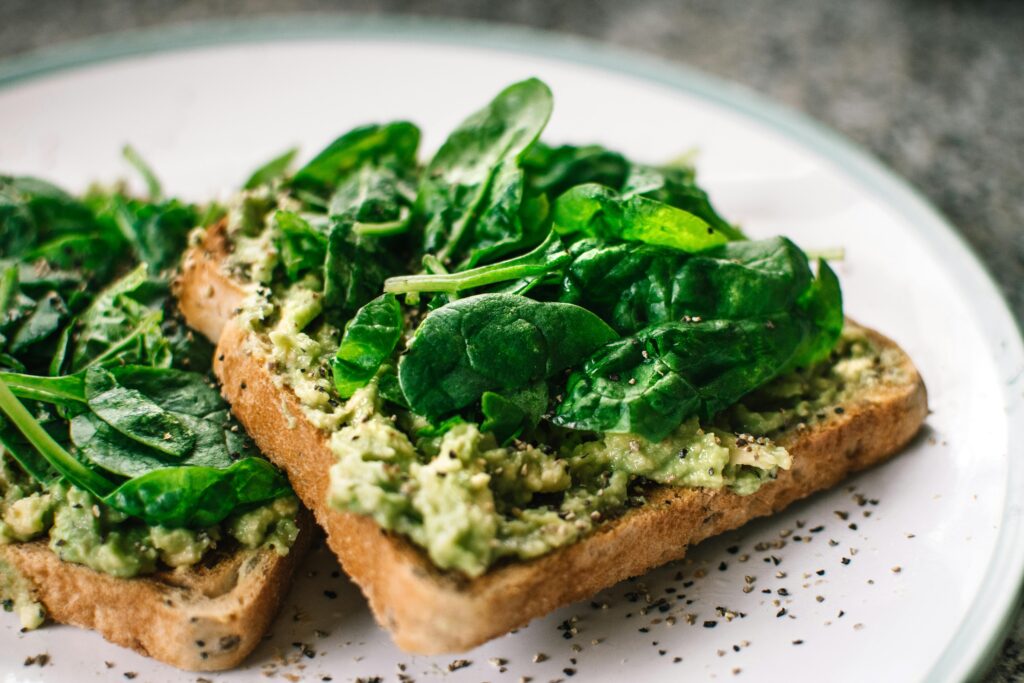
If you’ve ever tried to eat healthier or get in shape, you’ve probably heard the word “macros” thrown around. Maybe someone said, “I’m tracking my macros,” or “You need more protein in your macros.” But what are macros? “Macros” is short for macronutrients. These are the nutrients your body needs in large amounts to function, feel good, and keep moving.
Whether your goal is to lose weight, build muscle, or just have more energy throughout the day, macros are part of a balanced diet. Understanding the basics can help you make smarter food choices without diving into a full-blown diet plan.
What Are Macronutrients?
Macronutrients are the nutrients your body needs in big doses. There are 3 main ones:
- Protein
- Carbohydrate
- Fat
Each macro plays a different role in your body, but all 3 are essential. They provide energy, help your body recover, support hormone health, and keep you feeling full and satisfied after a meal.
Macros differ from micronutrients, like vitamins and minerals, which your body only needs in smaller amounts. Micronutrients are equally as important, but macros form the foundation of a balanced diet.
Protein
Protein is often the star of the show in the health and fitness world, and for good reason. Your body uses protein to build and repair tissue, including muscles, skin, and even your hair and nails. It also plays a role in making enzymes and hormones and supporting your immune system.
So if you’re working out, feeling run-down, or just trying to stay strong and energized, protein is your friend.
Good sources of protein include:
- Chicken, turkey, and lean beef
- Fish and seafood
- Eggs and egg whites
- Greek yogurt and cottage cheese
- Lentils, beans, tofu, and tempeh
How Much Protein Do You Need?
How much protein you need is a much-debated topic. When I first got started in the fitness industry, I bought into the hype that protein receives these days. I consumed 1+ grams of protein per pound of body weight, which is the standard advice from most trainers and fitness professionals.
But there is also a growing number of people realizing that these numbers are unnecessary for many people.
The recommended dietary allowance (RDA) of protein in a mostly inactive adult is 0.8 per kilogram of body weight, which works out to 0.36 grams per pound (lb).
To put this into perspective, a 180 lb adult needs a minimum of 65 grams of protein daily to stay alive and healthy if they are mostly inactive. On the opposite end of the scale, most fitness professionals would recommend that the same person gets at least 180 grams daily.
I believe that there is a case to be made for this massive increase in protein for many physically active people. Protein has no downside if your body is functioning as it should, and it has plenty of benefits.
But I think this is a grey area that’s treated too black and white. And if you need help wading through the noise and figuring out what your actual protein needs are, I can help.
Carbohydrate
Carbohydrates, or carbs, have gotten a bad rap over the years, but let’s set the record straight: carbohydrates are your body’s preferred fuel source. Your brain, muscles, and nervous system all rely on carbs for quick, usable energy.
Carbs come in 2 main types: simple and complex.
Simple carbs (like candy or white bread) digest quickly and can cause a spike in energy followed by a crash. Complex carbs (like oats, sweet potatoes, and quinoa) take longer to digest, giving you more sustained energy.
Great sources of carbs include:
- Whole grains like brown rice, oats, and quinoa
- Fruits and starchy vegetables (bananas, sweet potatoes, corn)
- Legumes like lentils and chickpeas
And let’s not forget fibre—a type of carb your body doesn’t digest, but one that plays a huge role in digestion and keeping you full. And most people don’t get half as much fibre in their diet as they should!
The key with carbs is choosing quality over quantity. You don’t need to cut them out. You need to be smart about where they’re coming from. Focus on whole-food sources most of the time, and you’ll be fine.

Fat
Let’s talk about fat. For years, you were told to avoid fat like the plague. But the truth is, fat is essential for your health.
They help your body absorb vitamins, support hormone production, and keep your brain functioning properly. Plus, they make food taste amazing and help you stay full longer.
There are different types of fats:
- Unsaturated fats: These are the “good fats” found in foods like avocados, nuts, seeds, olive oil, and fatty fish
- Saturated fats: These fats are found in meat, dairy, and coconut oil and are okay in moderation
- Trans fats: These fats are found in many processed and packaged foods, and you should avoid them as much as possible
Healthy fat sources to include:
- Avocados
- Olive oil
- Salmon and other fatty fish
- Nut butters and seeds
- Dark chocolate
Fats are more calorie-dense than protein and carbs, which means a little goes a long way. That doesn’t mean they’re “bad.” You simply need to be mindful of portions and focus on healthy sources.
Finding Your Macro Balance
Now that you know the basics of your macros, the real question is how to put it all together.
There’s no one-size-fits-all answer because you have unique needs based on your current health and fitness level and your goals, but a balanced approach for most adults’ daily intake might be:
- Protein: 10–35%
- Carbs: 45–65%
- Fats: 20–35%
That said, these numbers aren’t rules—they’re rough guidelines. Your ideal macro breakdown depends on your lifestyle, goals, and preferences. The most important thing is to start including all 3 macros in your meals rather than cutting any out.
A simple “rule to follow is to build your plate with the following:
- A source of protein (¼ of your plate)
- A source of carbs (¼ of your plate)
- Colourful veggies and fruit (½ your plate)
- A little healthy fat (in moderation)
Don’t Complicate Your Macros
You don’t need to track every gram of food to eat better. But learning the basics of macronutrients can help you understand why your body responds the way it does—and how to fuel it better.
Start paying attention to what’s on your plate. Notice how certain meals make you feel. Maybe you’re hungrier on days when you skip breakfast or crash in the afternoon after a low-carb lunch. That’s your body telling you something.
Use this knowledge to build better habits, 1 meal at a time. If you need help figuring out how to apply this to your life, contact me today and book a free consultation. Let’s make a healthy lifestyle simple!